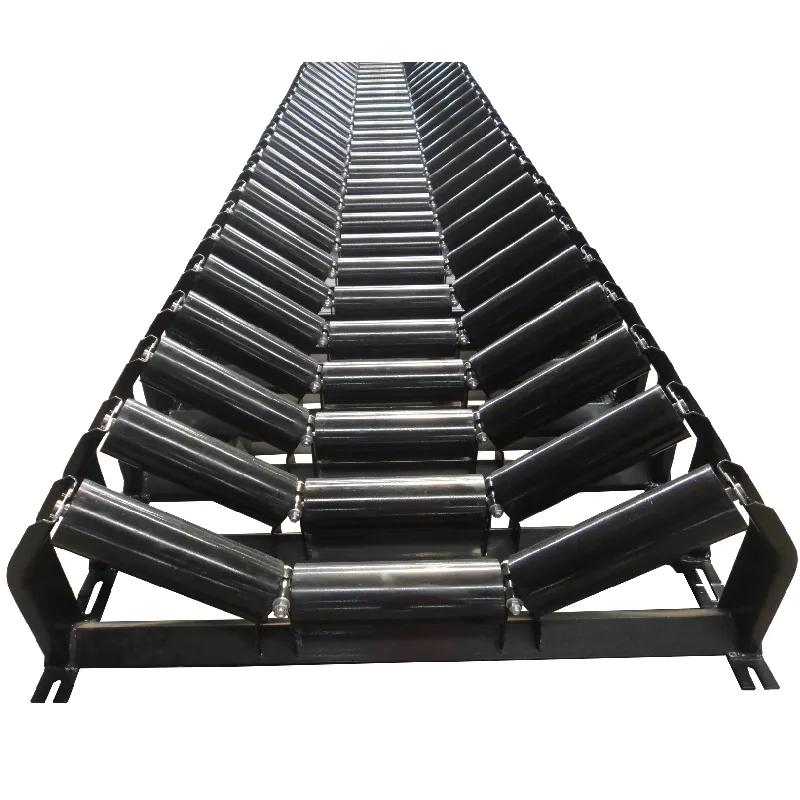 Afrikaans
Afrikaans  Albanian
Albanian  Amharic
Amharic  Arabic
Arabic  Armenian
Armenian  Azerbaijani
Azerbaijani  Basque
Basque  Belarusian
Belarusian  Bengali
Bengali  Bosnian
Bosnian  Bulgarian
Bulgarian  Catalan
Catalan  Cebuano
Cebuano  Corsican
Corsican  Croatian
Croatian  Czech
Czech  Danish
Danish  Dutch
Dutch  English
English  Esperanto
Esperanto  Estonian
Estonian  Finnish
Finnish  French
French  Frisian
Frisian  Galician
Galician  Georgian
Georgian  German
German  Greek
Greek  Gujarati
Gujarati  Haitian Creole
Haitian Creole  hausa
hausa  hawaiian
hawaiian  Hebrew
Hebrew  Hindi
Hindi  Miao
Miao  Hungarian
Hungarian  Icelandic
Icelandic  igbo
igbo  Indonesian
Indonesian  irish
irish  Italian
Italian  Japanese
Japanese  Javanese
Javanese  Kannada
Kannada  kazakh
kazakh  Khmer
Khmer  Rwandese
Rwandese  Korean
Korean  Kurdish
Kurdish  Kyrgyz
Kyrgyz  Lao
Lao  Latin
Latin  Latvian
Latvian  Lithuanian
Lithuanian  Luxembourgish
Luxembourgish  Macedonian
Macedonian  Malgashi
Malgashi  Malay
Malay  Malayalam
Malayalam  Maltese
Maltese  Maori
Maori  Marathi
Marathi  Mongolian
Mongolian  Myanmar
Myanmar  Nepali
Nepali  Norwegian
Norwegian  Norwegian
Norwegian  Occitan
Occitan  Pashto
Pashto  Persian
Persian  Polish
Polish  Portuguese
Portuguese  Punjabi
Punjabi  Romanian
Romanian  Russian
Russian  Samoan
Samoan  Scottish Gaelic
Scottish Gaelic  Serbian
Serbian  Sesotho
Sesotho  Shona
Shona  Sindhi
Sindhi  Sinhala
Sinhala  Slovak
Slovak  Slovenian
Slovenian  Somali
Somali  Spanish
Spanish  Sundanese
Sundanese  Swahili
Swahili  Swedish
Swedish  Tagalog
Tagalog  Tajik
Tajik  Tamil
Tamil  Tatar
Tatar  Telugu
Telugu  Thai
Thai  Turkish
Turkish  Turkmen
Turkmen  Ukrainian
Ukrainian  Urdu
Urdu  Uighur
Uighur  Uzbek
Uzbek  Vietnamese
Vietnamese  Welsh
Welsh  Bantu
Bantu  Yiddish
Yiddish  Yoruba
Yoruba  Zulu
Zulu Conveyor Idler Types & Prices High-Quality Belt Solutions
- Understanding Conveyor Idler Fundamentals
- Technical Specifications & Load Capacity Analysis
- Performance Comparison: Top Manufacturers (2024 Data)
- Cost-Benefit Breakdown Across Industrial Applications
- Custom Engineering Solutions for Specific Workflows
- Real-World Implementation in Mining Operations
- Future-Proofing Systems with Advanced Idler Technology

(conveyor idler)
Essential Mechanics Behind Modern Conveyor Idlers
Conveyor idlers form the backbone of bulk material handling, accounting for 35% of total belt system maintenance costs. The three primary categories – troughing, impact, and return idlers – each serve distinct purposes:
- Troughing idlers: 35°-45° carrying angles for maximum load stability
- Impact idlers: 16mm thick rubber rings dissipate 85% of loading shock
- Return idlers: 2-3mm thick steel shells prevent belt sagging
Technical Specifications & Load Capacity Analysis
Premium idlers now achieve 100,000+ operational hours through:
- Labyrinth sealing (IP67 certification)
- High-precision bearings (ABEC-5 rating)
- Galvanized steel housing (480g/m² zinc coating)
Performance Comparison: Top Manufacturers (2024 Data)
| Feature | Manufacturer A | Manufacturer B | Industry Standard |
|---|---|---|---|
| Radial Runout (mm) | 0.3 | 0.5 | 0.7 |
| Rotational Resistance (N) | 1.2 | 1.8 | 2.5 |
| MTBF (hours) | 120,000 | 95,000 | 75,000 |
Cost-Benefit Breakdown Across Industrial Applications
Lifecycle cost analysis reveals:
- Mining operations: $0.12/ton transported
- Port facilities: $0.18/ton including saltwater corrosion
- Power plants: $0.09/ton with high-temperature variants
Custom Engineering Solutions for Specific Workflows
Specialized configurations now handle:
- -40°C Arctic conditions (Inuit Mining Corp case study)
- 550°C cement kiln feed systems (Holcim plant upgrade)
- Explosive atmospheres (ATEX Zone 21 compliance)
Real-World Implementation in Mining Operations
Rio Tinto's 2023 retrofit achieved:
- 17% reduction in energy consumption
- 42% fewer unplanned stoppages
- ROI within 14 months
Optimizing Systems with Next-Gen Conveyor Idler Technology
Emerging solutions integrate:
- IoT-enabled smart idlers (vibration frequency monitoring)
- Self-lubricating polymers (5-year maintenance intervals)
- Modular designs enabling 75% faster replacement

(conveyor idler)
FAQS on conveyor idler
Q: What are the most common conveyor idler types in industrial applications?
A: The most common conveyor idler types include troughing idlers, impact idlers, and return idlers. Troughing idlers support the loaded belt, impact idlers absorb material drop shocks, and return idlers guide the empty belt. Each type serves specific operational needs.
Q: How does conveyor idler price vary based on type and quality?
A: Conveyor idler prices depend on materials (e.g., steel or polymer), load capacity, and design complexity. Heavy-duty impact idlers typically cost more than standard return idlers due to reinforced construction. Bulk purchases may also reduce per-unit costs.
Q: Which belt conveyor idler types are ideal for heavy material handling?
A: Troughing idlers with 3-5 rollers are ideal for heavy materials, ensuring belt stability and load distribution. Impact idlers with rubber discs are also recommended at loading points to minimize wear. Both types enhance durability in demanding environments.
Q: What factors influence the lifespan of conveyor idlers?
A: Lifespan depends on material quality, operational load, environmental conditions (e.g., moisture or dust), and maintenance frequency. Sealed bearings and corrosion-resistant coatings can extend idler life. Regular inspections help prevent premature failure.
Q: Can conveyor idler types affect belt conveyor efficiency?
A: Yes, improper idler selection can cause belt misalignment, increased friction, or material spillage. Using the correct idler type (e.g., self-aligning or training idlers) optimizes belt tracking and energy efficiency. Proper spacing further reduces operational costs.
-
Revolutionizing Conveyor Reliability with Advanced Rubber Lagging PulleysNewsJul.22,2025
-
Powering Precision and Durability with Expert Manufacturers of Conveyor ComponentsNewsJul.22,2025
-
Optimizing Conveyor Systems with Advanced Conveyor AccessoriesNewsJul.22,2025
-
Maximize Conveyor Efficiency with Quality Conveyor Idler PulleysNewsJul.22,2025
-
Future-Proof Your Conveyor System with High-Performance Polyurethane RollerNewsJul.22,2025
-
Driving Efficiency Forward with Quality Idlers and RollersNewsJul.22,2025




























